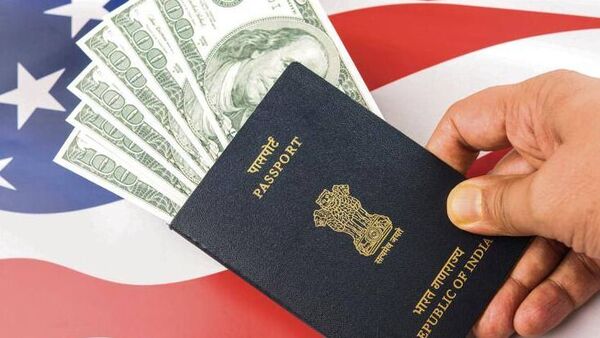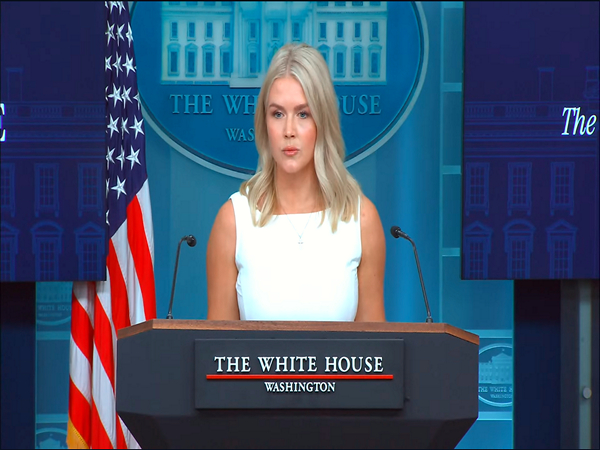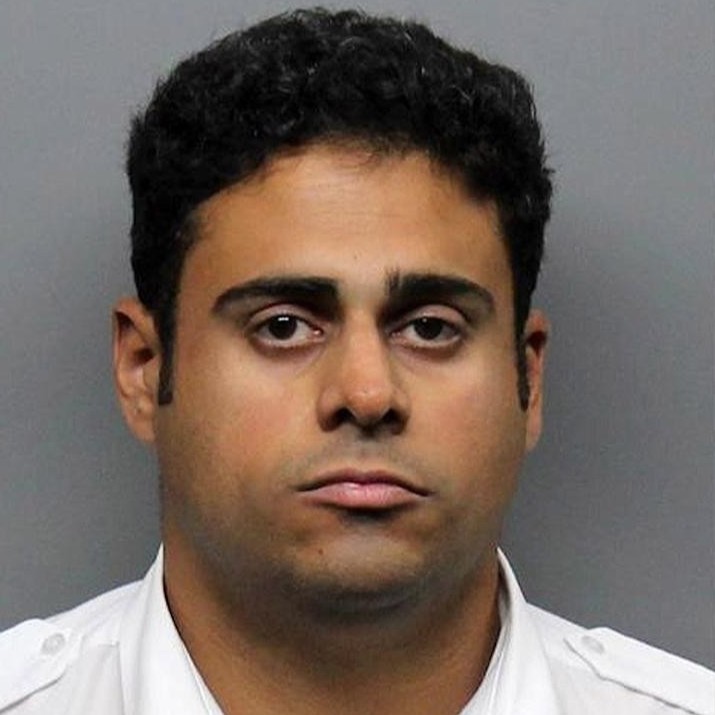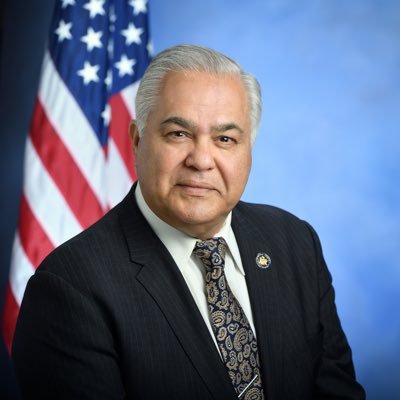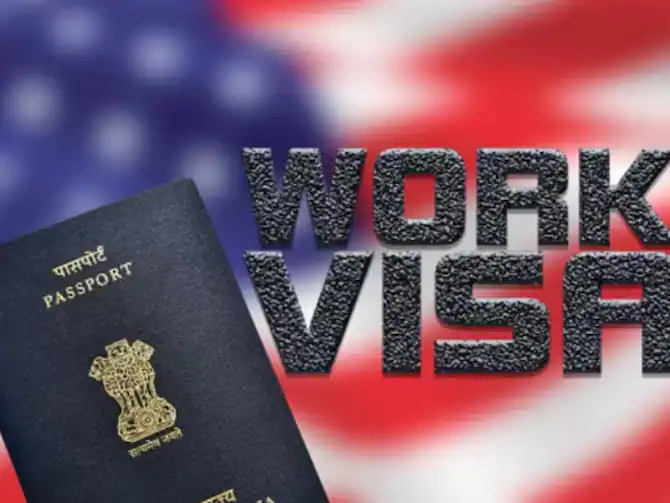With more than 10 years retrogression in the priority dates of India EB-1 applicants, the move will make the future uncertain for many skilled Indians
Our Bureau
Washington, DC
The US Citizenship and Immigration Services (USCIS) issued in August 2023 the Final Action Dates for Employment-Based Adjustment of Status Applications, indicating more than 10 years retrogression in the priority dates of India EB-1 applicants and the establishment of priority dates for EB-1 applicants of Mexico, the Philippines, and All Chargeability Areas.
EB-1 visa applicants primarily Indians, have been hit hard by USCIS decision to use these retrograded final action dates by 10 years. As per reports, this setback will delay visa issuance for skilled individuals, primarily Indians big time. This relocation has the potential to cause uncertainties in the future plans for work, education, and family life of many skilled Indian professionals.
As per USCIS’s bulletin, the EB-1 visa quota for India is oversubscribed and shall be subject to prorating as per section 202(e). The immigration department is not able to issue Indian applicants EB-1 visas due to the ever-increasing demand from these countries. Indians in the US have benefitted from previously unused visas allocated to other nations.
The Final Action Dates for Indian candidates in the EB-1 green card category have been moved to January 2012 as a result of the considerable 10-year retrogression.
Interestingly earlier this month, a bipartisan group of 56 US lawmakers, led by Raja Krishnamoorthi and Larry Bucshon, had urged President Biden to expedite the green card process for Indians, seeking relief from the 195-year-long wait period for high-skilled immigrants from State Secretary Antony Blinken and Homeland Security Secretary Alejandro Mayorkas.
















